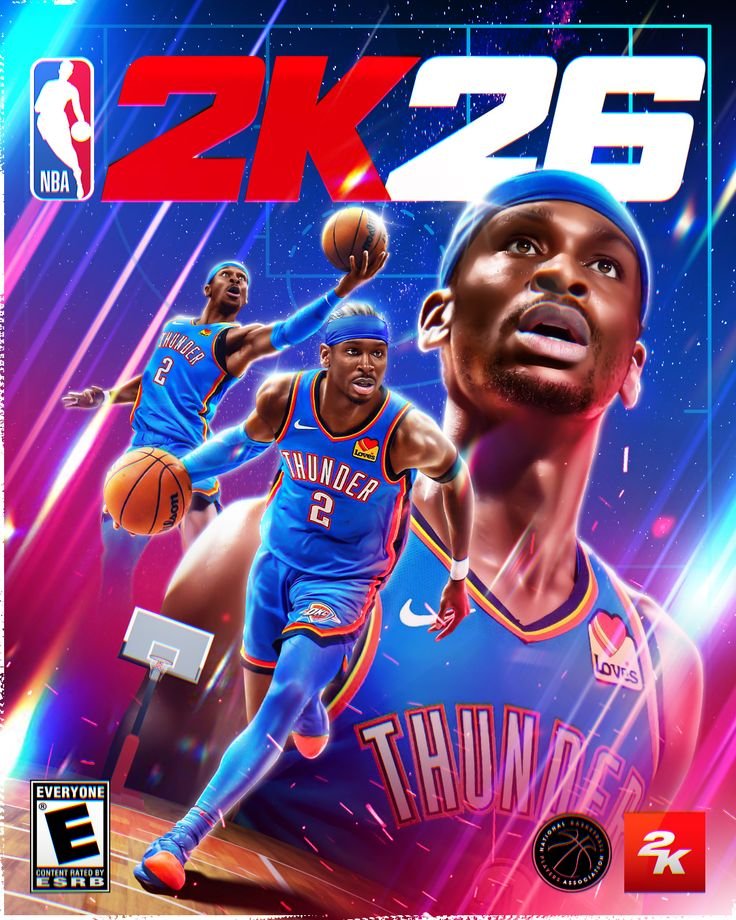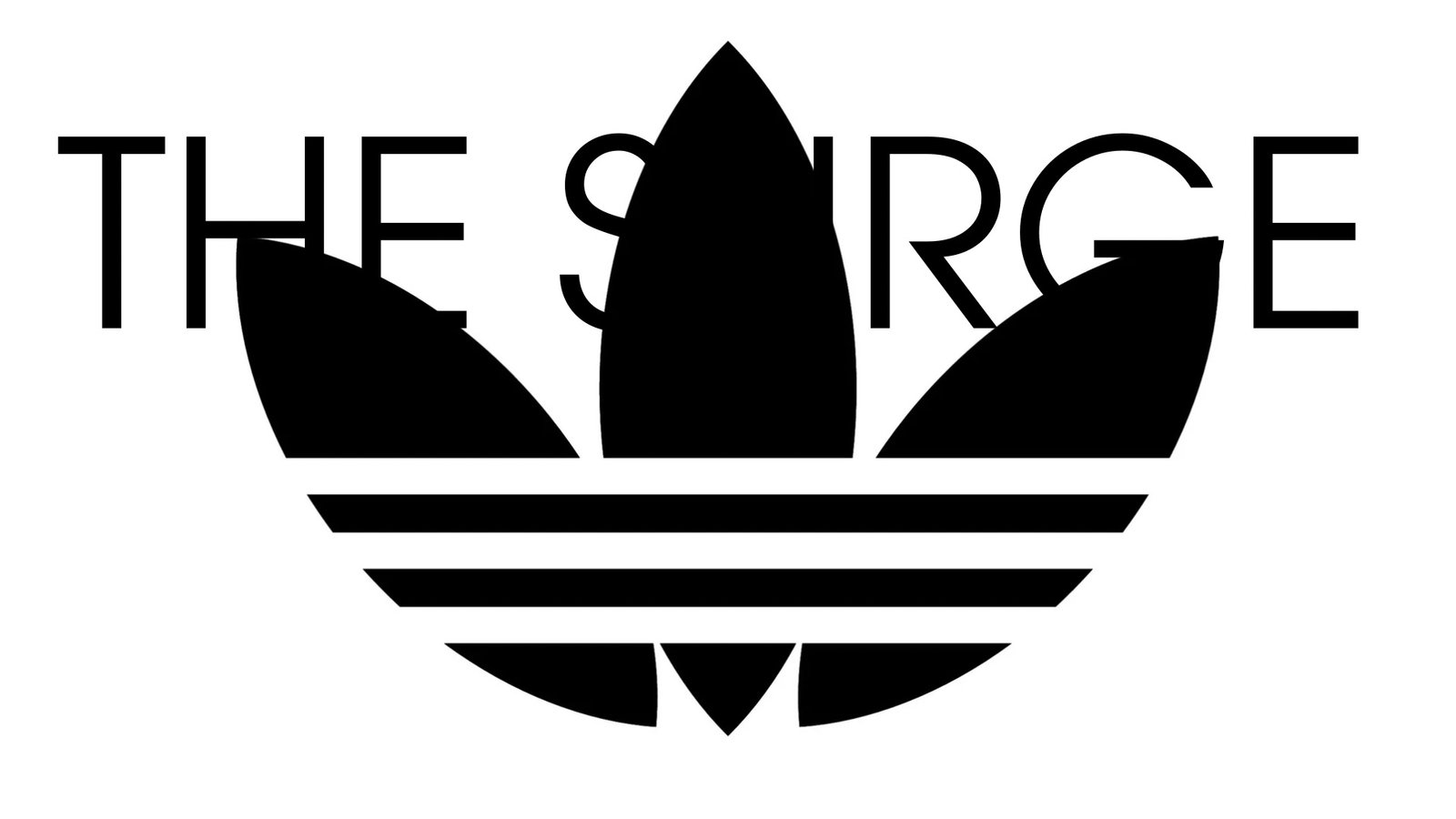Image credit: 2K Games – Take-Two Interactive Software Inc.
Author’s Score
14/20
Good but not great
NBA 2K26 still feels like the hallmarks of the previous version. Although the gameplay has had some changes and improvements, the mechanisms still feel the same. The play transitions still feel the same, even though the dribbling and ball movements have had minimal enhancements. The good points about this game are that it is easier for MyPlayer to reach the pinnacle of an NBA legend faster than its predecessor, but the microtransactions still feel more controlled, where limited virtual currency is given, even though performances are better. Another good point is that the cutscenes are much better this year, with good narratives to match the gameplay.
There are a lot of disappointments; The W career mode is still lagging and doesn’t feel like the WNBA. MyPark still has the same animations and feels and looks the same as 2K25. The City is not vibrant, as players cannot go and eat to build their strength or do fun activities where it doesn’t feel like a cutscene. Overall, it is a good game, but it still lacks depth and detailed mechanics in The City and The W. It still feels the same as last year; a massive upgrade is needed next year.
Every new release in the NBA 2K series comes with excitement, hype, and a promise of change. Trailers often showcase cinematic graphics, enhanced lighting, and improved player realism that seem to suggest a leap forward. Yet, once the game launches and players spend a few hours in MyCareer or The City, the familiar feeling sets in: the sense that we’ve played this game before. NBA 2K26 continues that trend. It refines certain elements, but it rarely reinvents itself.
On the positive side, MyPlayer progression feels more rewarding this year. The grind toward NBA superstardom is shorter and less punishing, allowing players to experience the thrill of being a franchise cornerstone much earlier. The story-driven cutscenes are also some of the best in the franchise to date. The writing, voice acting, and cinematography bring an emotional layer to the journey that was often missing in earlier versions. These improvements show that 2K can deliver when it focuses on narrative and presentation.
The gameplay itself feels smoother in certain aspects. Dribbling animations have a bit more responsiveness, and ball physics behave slightly more naturally during collisions and passes. Defensive AI has been tuned so that opponents react more intelligently to pick-and-rolls and fast breaks. However, these tweaks, while welcome, do not fundamentally change how the game feels. Core mechanics, transitions, shooting meters, and overall pacing are nearly identical to 2K25. Veterans of the franchise will notice the improvements but may struggle to see them as enough to justify another full-priced release.
Then there’s the issue that has haunted 2K for years: microtransactions. While NBA 2K26 does a slightly better job of balancing progression and in-game currency, it still relies heavily on players spending real money to improve attributes quickly. Virtual Currency (VC) rewards remain low, even for outstanding performances, which can frustrate players who prefer to grind their way up. It’s a subtle but persistent reminder that 2K’s business model prioritises monetisation over player satisfaction.
On the other hand, The W- the WNBA career mode continues to feel neglected and outdated. Despite growing global interest in women’s basketball, 2K has not invested enough resources to make this mode feel authentic and doesn’t show a true representation of the women’s game. Animations, commentary, and arena atmosphere all feel recycled, leaving fans of the women’s game underwhelmed. This is a missed opportunity for 2K to expand its audience and highlight the diversity of basketball experiences.
Meanwhile, The City, which has been a central hub for player interaction and exploration, remains disappointingly static. The city feels lifeless, with repetitive non-player characteristics (NPCs) and few meaningful side activities. Players still cannot engage in immersive lifestyle elements such as eating to regain stamina or participating in mini-games that connect to their character’s growth. Without these details, The City feels like a large lobby rather than a living environment.
Graphically, NBA 2K26 continues to impress. Player likenesses, crowd details, and arena lighting are outstanding on next-gen consoles. Sound design is crisp, commentary is well-paced, and the halftime shows remain entertaining with post-game interviews making the game feel real in some aspects. But these surface-level improvements can only do so much when the underlying structure has barely evolved to create imaginative solutions to make gameplay alive.
Ultimately, NBA 2K26 is both a solid basketball simulation and a frustrating déjà vu experience. The game offers refined visuals and improved storytelling, but fails to push the series forward in any meaningful way. Long-time fans will enjoy the familiarity, but newcomers might wonder why a full sequel feels more like a patch update. Unless 2K takes bold, creative steps in NBA 2K27, the franchise risks becoming the sports gaming equivalent of “copy and paste.”
In short, NBA 2K26 is good, but not great. It delivers a polished, reliable basketball experience but lacks the innovation that would make it truly exciting. The time has come for 2K Sports to take risks, rethink its formula, and remind fans why this franchise once redefined sports gaming.





One thought on “NBA 2K26: A Familiar Game in a New Jersey”
Comments are closed.